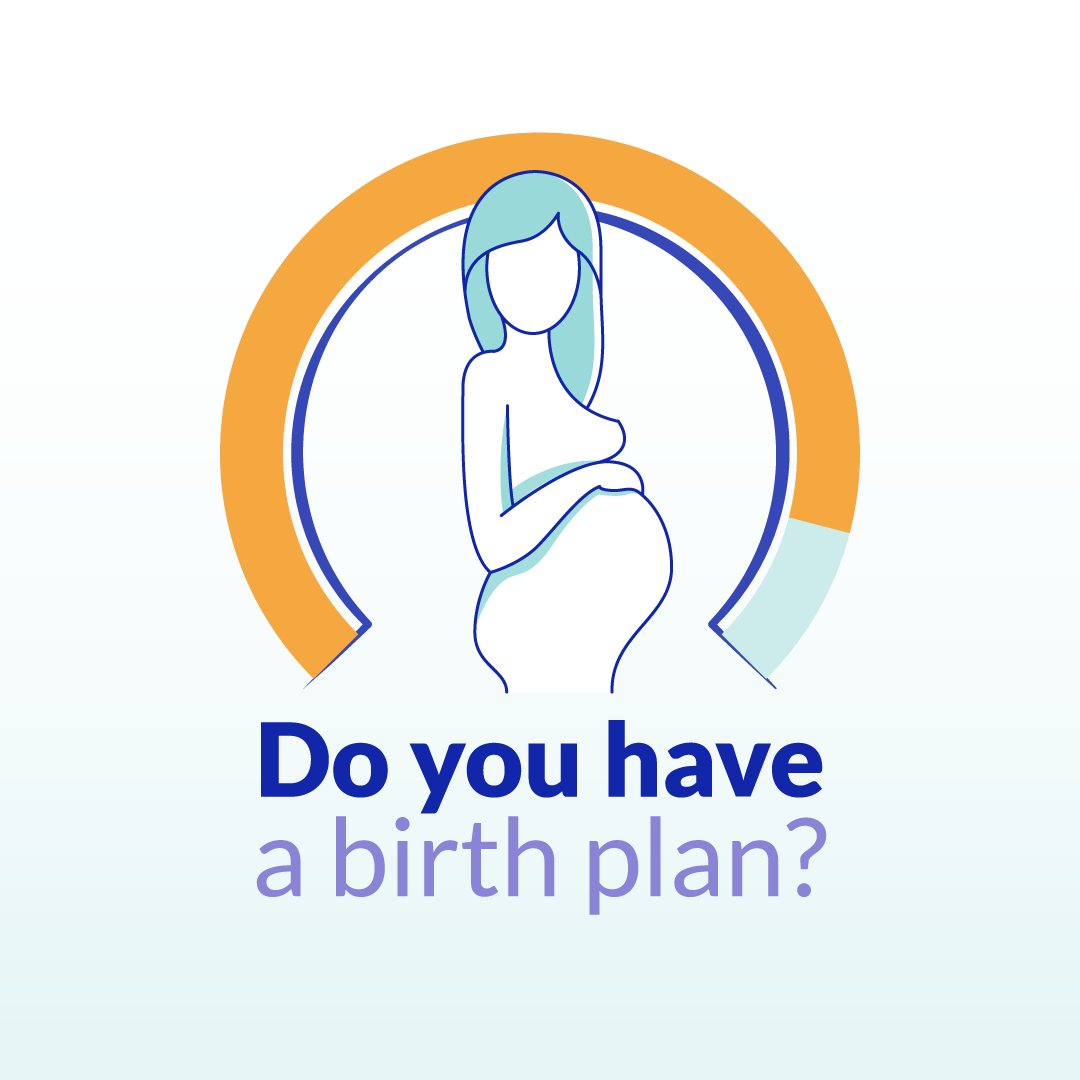Labor Pain
You’re having a baby! You’re likely excited and no doubt nervous about several things — including the hard work and pain of labor and giving birth. Fortunately, there are many ways to ease labor pain and help you relax, including medications and breathing techniques.
There are many ways to ease labor pain and help you relax, including medications and breathing techniques.
Every woman’s pain during labor is different. Talking with your health care providers, including your anesthesiologist, will help you decide which pain management methods will help you have the best possible labor and delivery experience. You may decide to use no medication, or you might choose from different types and levels of medications. Depending on how your labor progresses, you may choose to change your pain management plan or use a combination of methods. Whatever you decide, your anesthesiologist is available to help you.

How can you ease labor pain?
Here are some of the most common options for managing labor pain:
- Epidural: This is the most common type of pain relief used during labor. If you choose to have an epidural, an anesthesiologist will insert a needle and a tiny tube, called a catheter, in the lower part of your back. An epidural numbs only the lower part of your body below your belly button and allows you to be awake and alert throughout labor, as well as to feel pressure. You will be able to push when it’s time to give birth to your baby. It can take about 15 minutes for the pain medication to work, and you can continue to receive it as needed. Epidurals are very safe; however, as with all medications and medical procedures, there are some potential side effects to be aware of.
- Decrease in blood pressure – The medication may lower your blood pressure, which may slow your baby’s heart rate. To make this less likely, you will be given extra fluids through a tube in your arm (IV line) and may need to lie on your side. Sometimes, your anesthesiologist will give you a medication to maintain your lower blood pressure.
- Sore back – Your lower back may be sore where the needle was inserted to deliver the medication. This soreness should last no more than a few days.
- Headache – On rare occasions, the needle pierces the covering of the spinal cord, which can cause a headache that may last for a few days if left untreated.
Women sometimes ask if an epidural can slow labor or lead to a cesarean delivery, also known as a C-section. There is no evidence that it does either.
- Spinal block: This can be used alone or in combination with an epidural, which is referred to as a combined spinal epidural (CSE). For this, an anesthesiologist provides medication through a needle inserted in the lower back into the spinal canal. The relief from pain is immediate and lasts from an hour and a half to three hours. You will be numb from your abdomen to your legs and feel no pain. A spinal block can be used for vaginal childbirth as well as for a planned C-section.
- Analgesics: These pain medications are delivered through an IV line into a vein or injected into a muscle. Analgesics can include bothopioid and non-opioid medications and temporarily relieve pain but do not eliminate it.
- General anesthesia: This is the only type of pain medication used during labor that makes you lose consciousness. With general anesthesia, you will not be awake for the birth of your baby. It works quickly and is typically used only if you need an emergency C-section or have another urgent medical problem (such as bleeding).
- Additional and complementary pain management methods: There are also ways to help you cope with labor pain without medication, or in combination with medication:
- Massage – Have your partner massage your back or feet.
- Breathing – Deep, slow breaths and grunting are two examples of the many different ways to breathe through the pain of a contraction.
- Visualization –You may find it helpful to picture yourself somewhere enjoyable, such as on a beach or walking through a forest.
- Water – Soak in a tub or take a shower to soothe some tension.
Nitrous oxide – Often referred to as “laughing gas,” this option had not traditionally been used in the U.S. for labor and delivery, but is becoming more common. It may help reduce anxiety, but does not eliminate pain. Nitrous oxide may potentially affect your breathing, decrease awareness and cause nausea, vomiting, and dizziness. More research is needed to determine how effective nitrous oxide is, potential complications it could cause, in addition to any possible long-term side effects for you or baby.
How can you ensure your safety before, during, and after labor?
Thanks to the miracles of modern medicine, more women are giving birth in their late 30s and 40s. But older age and conditions such as diabetes, high blood pressure, and obesity increase the risk of complications for you and your baby. If you are an expectant mother, you should talk with your obstetrician and your anesthesiologist to develop a plan that ensures the safest possible pregnancy, childbirth, and recovery.
Here are some of the things you can do:
- Take care of yourself: If you are older, overweight, or have diabetes, high blood pressure, or other health conditions, work closely with your physicians to address your condition prior to labor and delivery so you understand all possible complications and have a plan. About halfway through your pregnancy, meet with your anesthesiologist, who will provide information to help keep you safe by developing an optimal labor, delivery, and recovery plan.
- Express your concerns: If you have had a bad experience with anesthesia or have any fears about childbirth, let your physicians know. Never brush off your concerns — if something doesn’t feel right, tell your obstetrician and anesthesiologist. Be sure to ask about other issues of possible concern, such as whether having a slipped disk or a lower back tattoo would prevent you from having an epidural.
- Ask about an emergency plan. Your physicians will always prioritize your safety as well as your baby’s. But it’s important to know your hospital has an emergency plan in place. Anesthesiologists have extensive critical care training and are experts in treating emergencies such as postpartum hemorrhage (bleeding) and preeclampsia (high blood pressure).
- Know experts are working to improve care. Anesthesiologists are leading the way to develop protocols that improve safety during and after childbirth. Efforts include:
- “Safety bundles” and best practices for managing common causes of maternal death, including postpartum hemorrhage and high blood pressure, which can lead to preeclampsia and, if not treated, to seizures, coma, brain damage, blood clots, and death.
- Early warning systems that trigger an immediate evaluation if a mother’s health declines rapidly.
- Refinement of labor and delivery pain management techniques, including epidurals and spinal anesthesia, which has led to significant reductions in maternal deaths.
- Multi-disciplinary review committees at the state level to examine maternal deaths and identify the causes, determine preventability, and implement prevention efforts.
- Plan your pain management: Untreated post-delivery pain (after vaginal as well as C-section birth) can lead to post-traumatic stress disorder in some women, so don’t downplay your pain. Ask your obstetrician to reach out to your anesthesiologist if you have questions about how to manage pain after birth. Ask whether opioids are an option or should be avoided.

